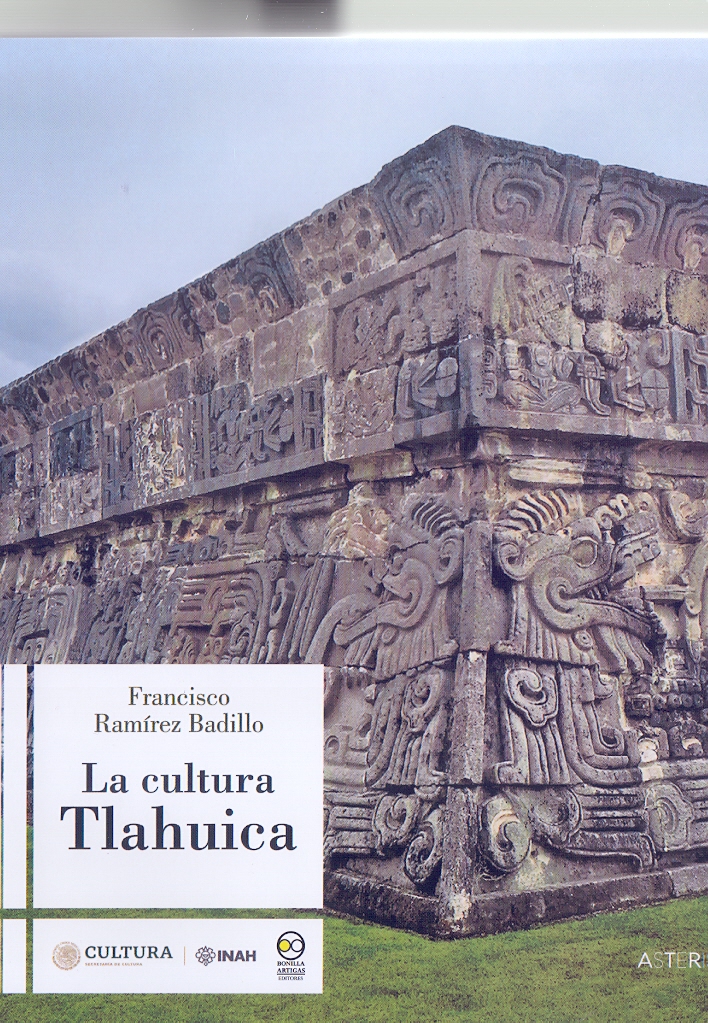Libros relacionados
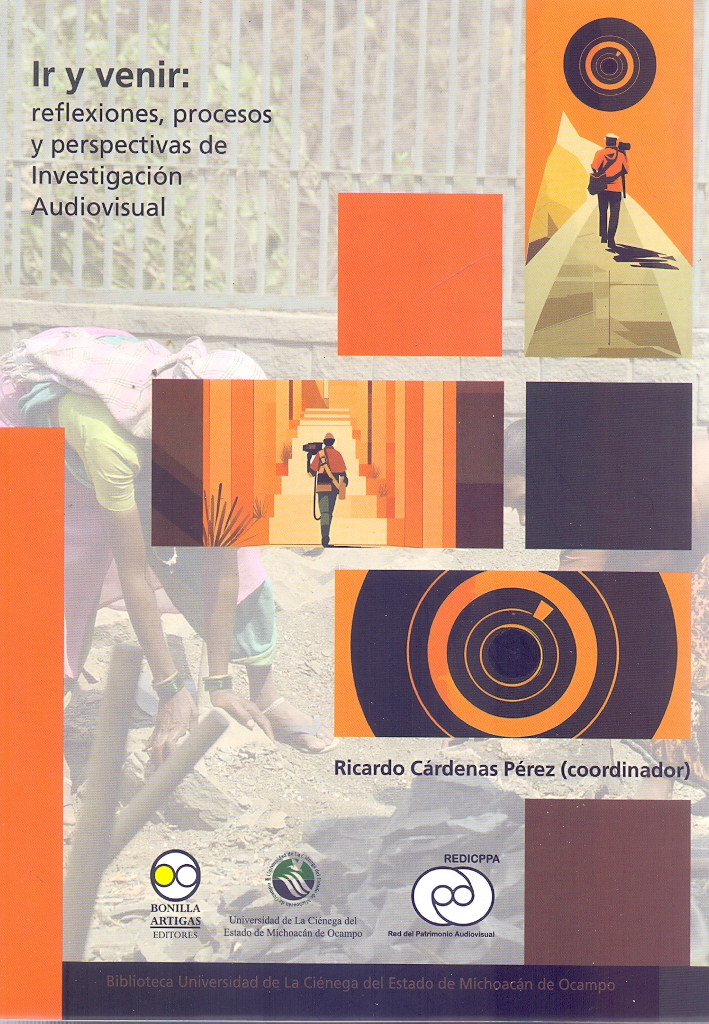 |
Ir y Venir: Reflexiones, Procesos y Perspectivas de Investigación Audiovisual Ricardo Cárdenas Pérez Bonilla Artigas Editores |
 |
Goles y Banderas: Fútbol e Identidades Nacionales en España Quiroga Fernández de Soto, Alejandro Marcial Pons |
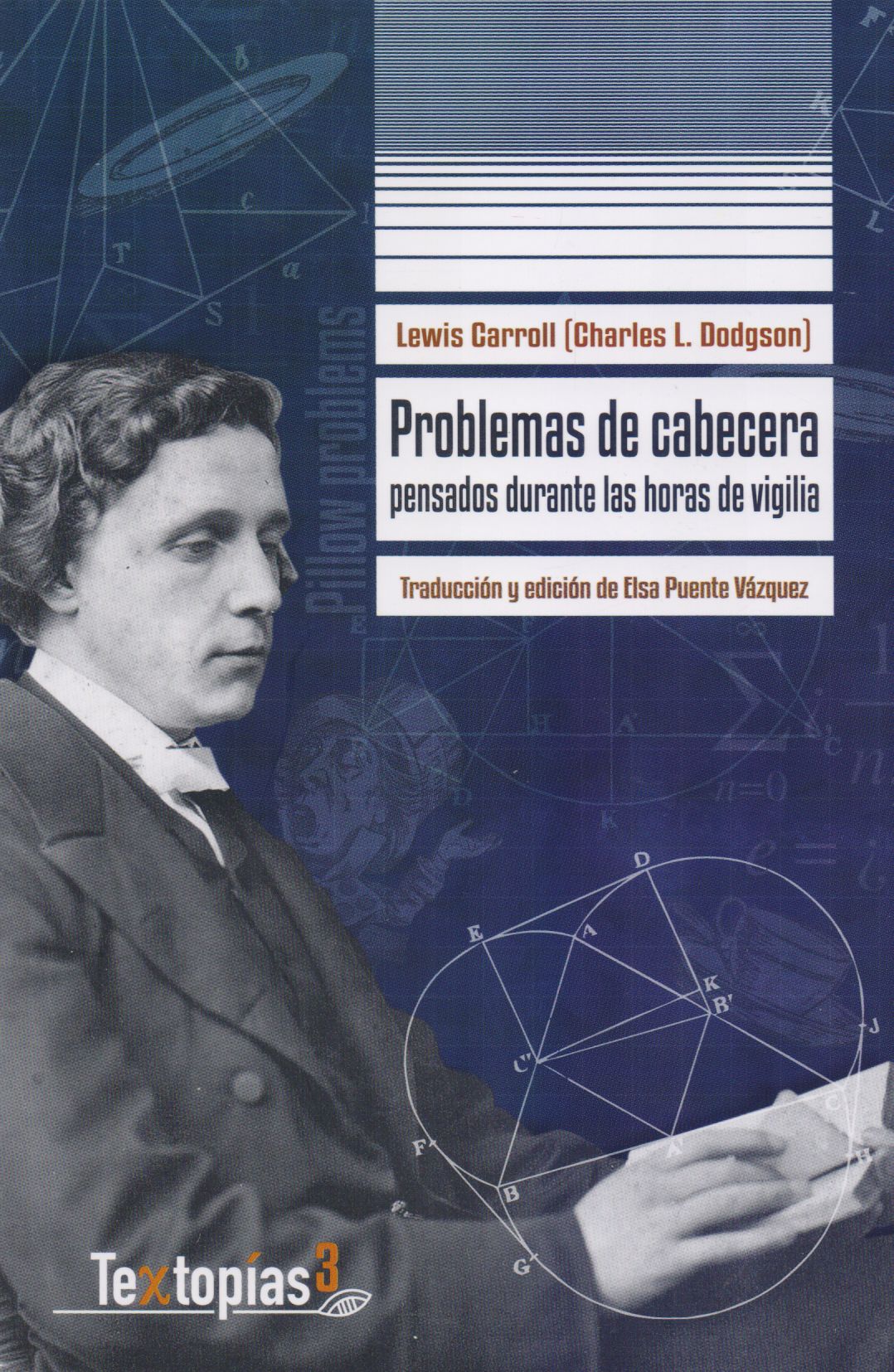 |
Problemas de Cabecera: Pensados Durante Horas de Vigilia Carroll, Lewis (Charles L. Dodgson) Bonilla Artigas Editores |
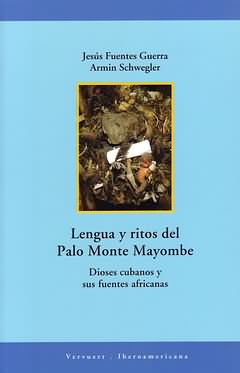 |
Lengua y Ritos del Palo Monte Mayombe: Dioses Cubanos y Sus Fuentes Africanas Fuentes Guerra, Jesús / Schwegler, Armin Iberoamericana Vervuert |
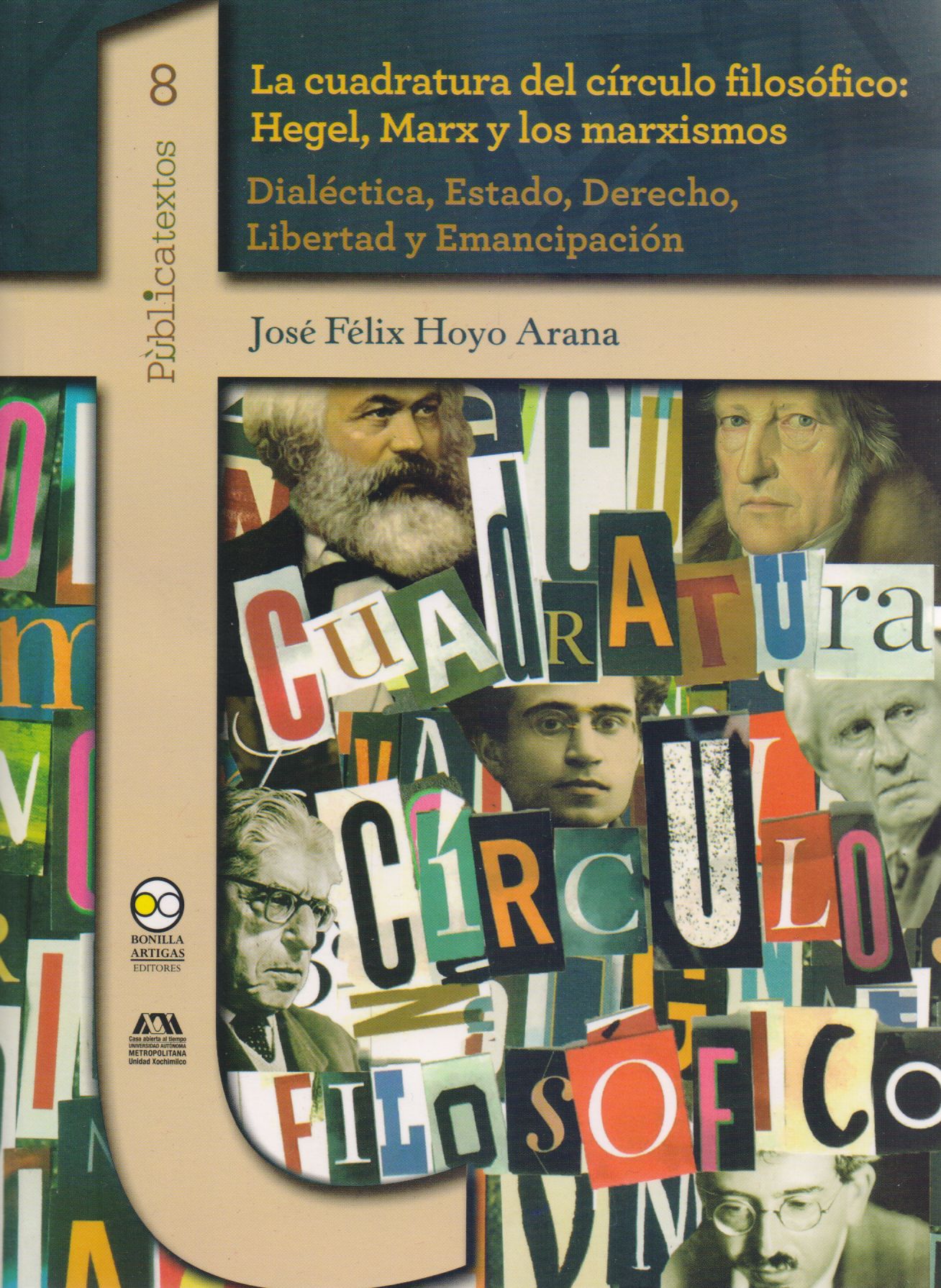 |
Cuadratura del Círculo Filosófico, La: Hegel, Marx, y los Marxismos Hoyo Arana, José Félix Bonilla Artigas Editores |
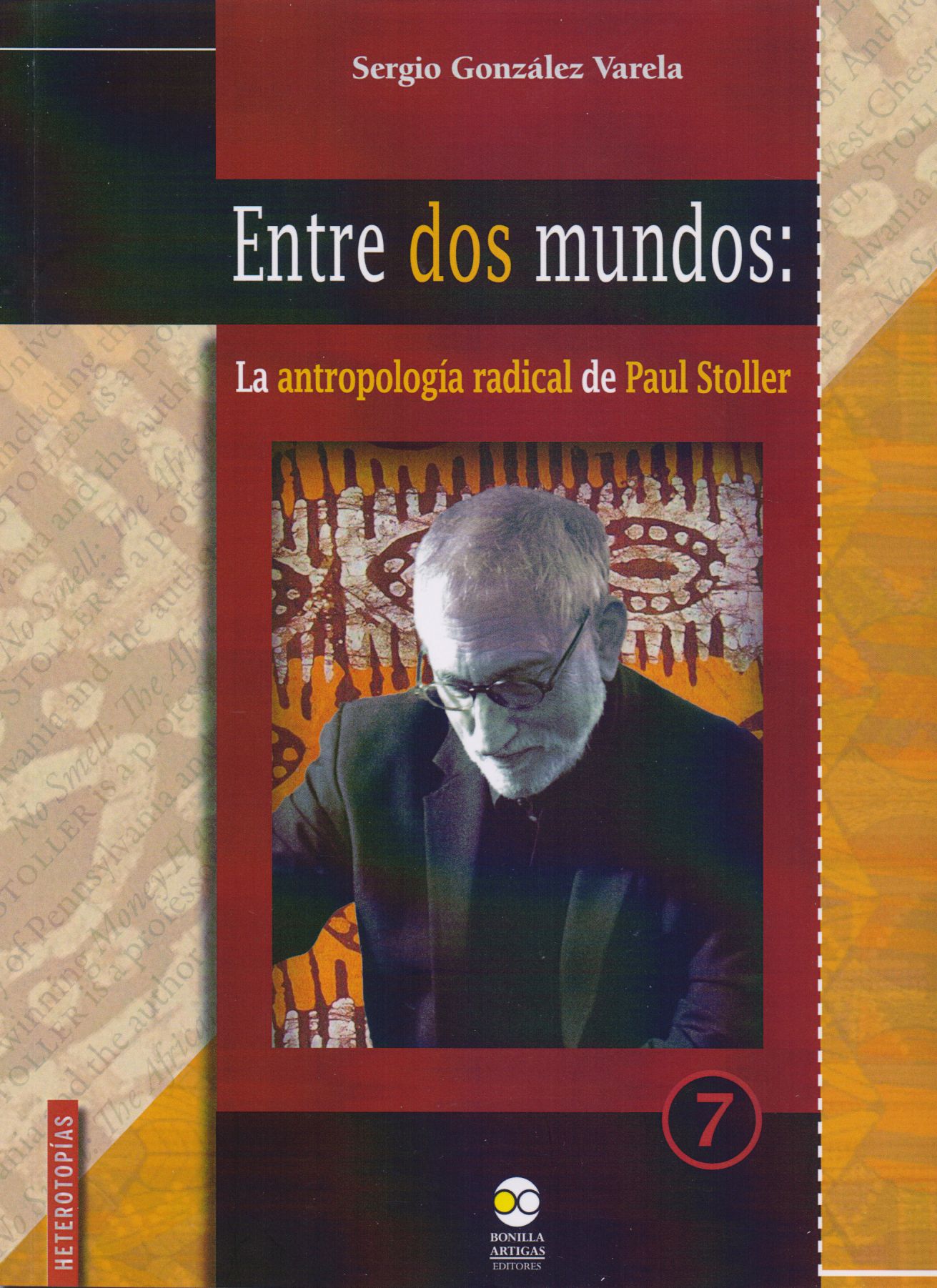 |
Entre Dos Mundos: la Antropología Radical de Paul Stoller González Varela, Sergio Bonilla Artigas Editores |


|
Título: A Zapotec Natural History: Trees, Herbs, And Flowers, Birds, Beasts, And Bugs In | |
| Autor: Hunn, Eugene S. | Precio: $800.00 | |
| Editorial: University Of Arizona | Año: 2008 | |
| Tema: Antropologia, Estudio, Latinoamerica | Edición: 1ª | |
| Sinopsis | ISBN: 9780816526178 | |
| A Zapotec Natural History is an extraordinary book and accompanying CD that describe the people of a small town in Mexico and their remarkable knowledge of the natural world in which they live. San Juan Gbëë is a Zapotec Indian community located in the state of Oaxaca, a region of surprising biological diversity. Eugene S. Hunn is a well-known anthropologist and ethnobiologist who has spent many years working in San Juan Gbëë, studying its residents and their knowledge of the local environment. Here Hunn writes sensitively and respectfully about the rich understanding of local flora and fauna that village inhabitants have acquired and transmitted over many centuries. In this village everyone, young children included, can identify and name hundreds of local plants, animals, and fungi, together with the details of their life cycles, habitat preferences, and functions in the economic, aesthetic, and spiritual lives of the town. Part 1 of this two-part work describes the community, the subsistence farming practices of its residents, the nomenclature and classification of the local biological taxonomy, the use of plants for treating illnesses, and the ritual and decorative roles of flowers. Part 2 is on a CD-ROM and includes detailed inventories of all plant, animal, and fungal categories recognized by San Juan's people, a series of indexes, and a library of more than 1,200 images illustrating the town's plants, people, landscapes, and daily activities. Also included on the CD-ROM are files containing sounds of village life. | ||
Librería Bonilla SA de CV © Todos los derechos reservados. 2019
Última actualización: Jul 2019



